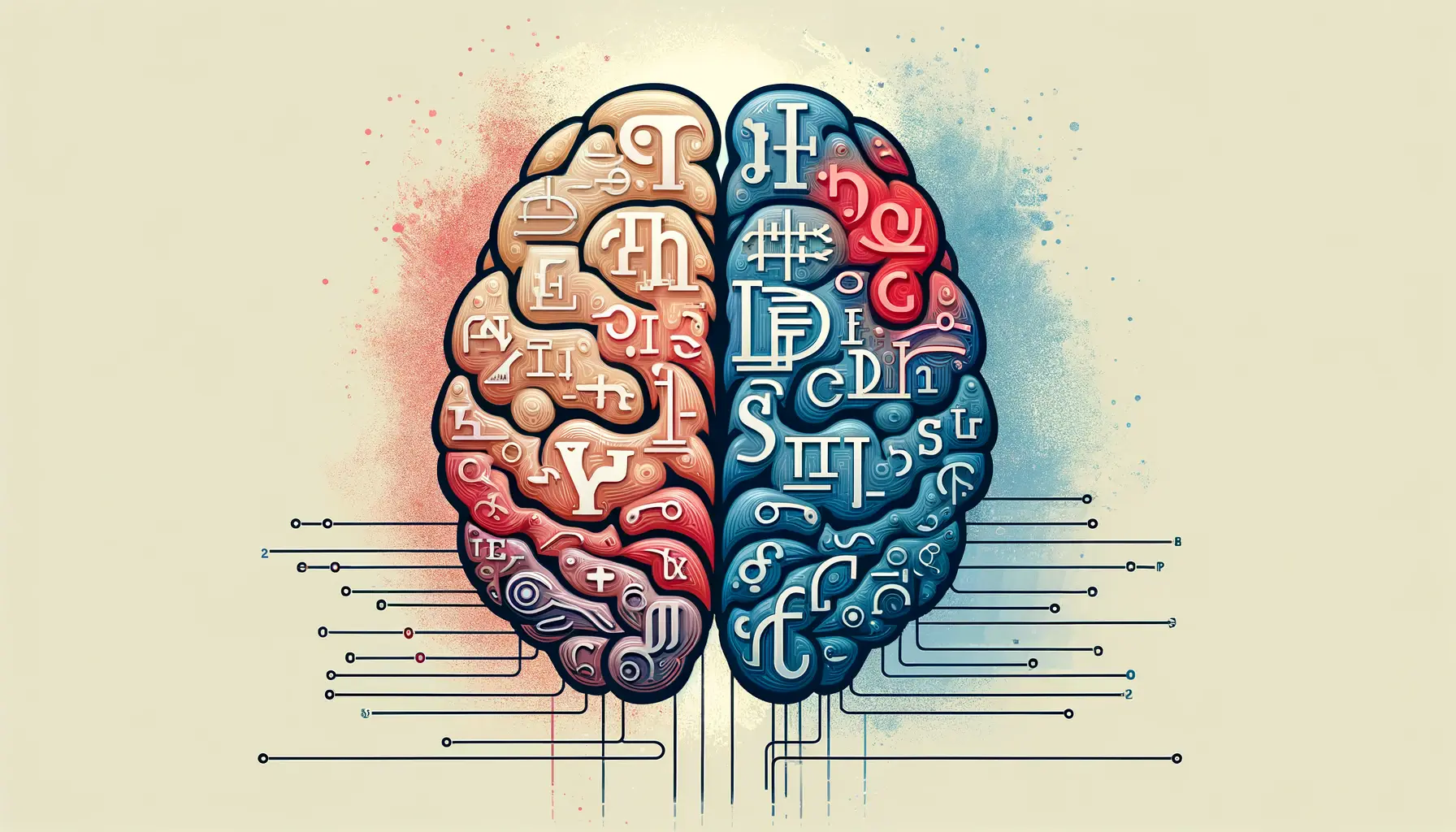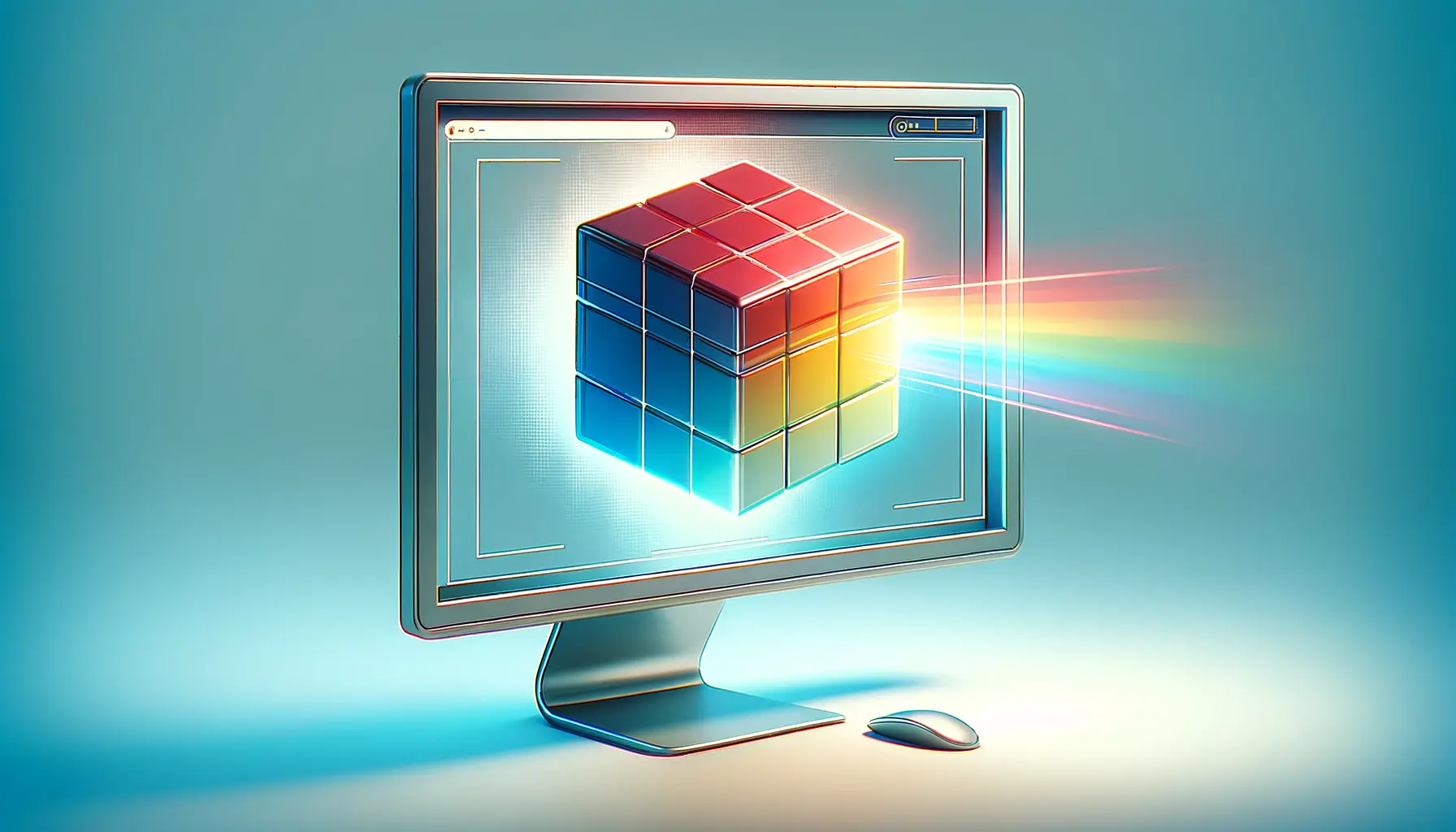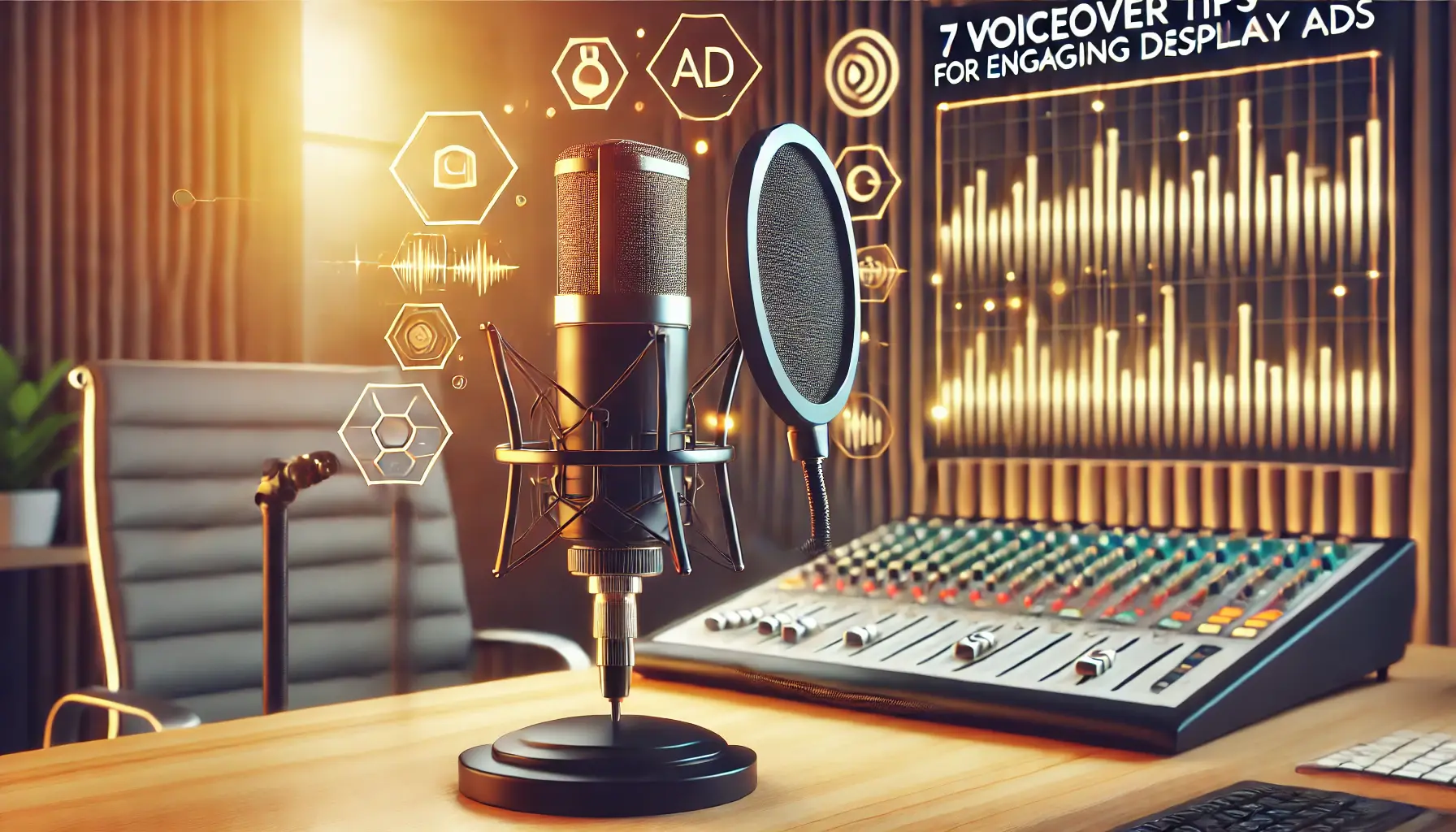Animations have become an indispensable part of the modern web, offering a dynamic way to engage users and enhance the user experience.
JavaScript, with its versatility and power, stands at the forefront of this animation revolution, enabling developers to create complex, interactive, and visually appealing animations.
This article delves into the world of creating animations with JavaScript, offering insights, techniques, and best practices to make your websites more engaging and interactive.
The use of animations in web design is not just about adding aesthetic appeal; it’s about storytelling, guiding user interactions, and making web applications intuitive and lively.
JavaScript animations go beyond the limitations of CSS animations, offering more control and possibilities to developers.
From simple transitions to complex animated sequences, JavaScript provides the tools necessary to bring static elements to life.
- Understanding the Basics of JavaScript Animations
- Tools and Libraries for JavaScript Animations
- Integrating Animations into Web Projects
- Animation Techniques and Effects
- Challenges in JavaScript Animation
- Optimizing JavaScript Animations for Performance
- Future Trends in Web Animation
- Conclusion: The Art of Creating Animations with JavaScript
- FAQs on Creating Animations with JavaScript
Understanding the Basics of JavaScript Animations
What Are JavaScript Animations?
JavaScript animations involve manipulating web page elements over time, changing their properties to create the illusion of motion.
This can include anything from moving elements across the screen, changing colors and sizes, to creating complex animations based on user interactions.
Unlike CSS animations, which are limited to transitions and simple keyframes, JavaScript animations can interact with user inputs, respond to data changes, and control the animation flow in real-time.
At the core of JavaScript animations is the concept of the animation loop, which repeatedly calculates and renders the animated properties.
This loop can be controlled using various JavaScript methods, such as requestAnimationFrame, which ensures that the animation updates in sync with the browser’s repaint cycle, providing a smooth animation experience.
Starting with Simple Animations
Creating a basic animation with JavaScript can be as simple as changing an element’s position on the screen over time.
By incrementally changing the element’s CSS properties within a set interval, you can create movement.
For instance, moving an element to the right could involve gradually increasing its left margin within a loop.
This approach, while straightforward, lays the foundation for more complex animations.
However, to create more sophisticated and performance-efficient animations, developers often turn to libraries such as GreenSock Animation Platform (GSAP) or Anime.js.
These libraries provide a higher level of abstraction, allowing for complex animations to be created with less code.
They handle the intricacies of animation timing, easing functions, and browser compatibility, freeing developers to focus on the creative aspects of animation design.
JavaScript animations unlock a vast array of possibilities for interactive and dynamic web design, far surpassing the capabilities of CSS animations alone.
Tools and Libraries for JavaScript Animations
When diving into the world of JavaScript animations, developers have a plethora of tools and libraries at their disposal.
These resources simplify the process of creating animations, making it possible to implement complex effects with minimal effort.
Here, we explore some of the most popular and powerful tools that have become staples in the developer’s toolkit for animating web projects.
Among the myriad of libraries available, a few stand out for their ease of use, flexibility, and performance:
- GreenSock Animation Platform (GSAP): Renowned for its performance and versatility, GSAP is a robust library that allows for complex animations. It supports a wide range of CSS properties, SVG, and even WebGL content. GSAP’s API is designed for flexibility, enabling developers to create animations that are not only visually impressive but also highly interactive.
- Anime.js: This lightweight library is perfect for adding simple yet powerful animations to websites. Anime.js offers a simple syntax for animating CSS properties, SVGs, and JavaScript Objects, making it a great choice for developers looking for an easy-to-use solution.
- Three.js: For developers looking to incorporate 3D animations into their web applications, Three.js is the go-to library. It simplifies the process of creating and animating 3D graphics in the browser, using WebGL under the hood.
Choosing the Right Tool for Your Project
The choice of animation library largely depends on the project’s requirements and the developer’s familiarity with the library.
GSAP, with its comprehensive feature set and high performance, is ideal for complex animations and projects where performance is critical.
Anime.js, being more lightweight, is suitable for projects that require simpler animations without the overhead of a larger library.
For 3D animations, Three.js offers an extensive set of tools to create immersive experiences.
It’s also worth considering the learning curve associated with each library.
While GSAP and Three.js offer more advanced features, they may require a steeper learning curve.
Anime.js, on the other hand, is relatively straightforward and can be a good starting point for developers new to JavaScript animations.
Experimenting with different libraries and tools is key to understanding their strengths and how they can best serve your project’s needs.
Integrating Animations into Web Projects
Integrating animations into web projects involves more than just making elements move.
It requires a thoughtful approach to ensure that animations enhance the user experience without detracting from the website’s usability or performance.
Here’s how to effectively incorporate animations into your web projects:
Firstly, identify the areas of your website where animations can add value.
This could be during page transitions, as feedback for user interactions, or to draw attention to important elements.
Animations should have a purpose, whether it’s guiding users through a flow, providing visual feedback, or adding a layer of interactivity to otherwise static elements.
Best Practices for Animation Integration
- User Experience First: Ensure animations contribute positively to the user experience. Avoid overusing animations that can distract or confuse users.
- Performance Considerations: Optimize animations for performance to prevent them from slowing down your site. Use tools like Chrome’s DevTools to monitor animation performance and make adjustments as needed.
- Accessibility: Make your animations accessible to all users, including those with motion sensitivities. Provide options to reduce motion or disable animations entirely.
Implementing animations requires careful planning and testing.
Start with a clear vision of what you want to achieve with your animations.
Sketch out ideas and consider how animations will fit into the overall design and flow of your website.
Use storyboards or animation prototypes to plan the animation sequences before diving into code.
Testing and Optimization
Once animations are implemented, thorough testing is crucial.
Test on various devices and browsers to ensure animations perform smoothly and consistently.
Pay attention to feedback from users and be prepared to adjust animations based on their experiences.
Optimization may involve refining animations to reduce their impact on performance, ensuring they are as lightweight and efficient as possible.
Finally, consider the impact of animations on the overall design and functionality of your website.
Animations should complement the design, not overshadow it.
They should be coherent with the website’s style and contribute to a seamless user experience.
By following these guidelines, you can integrate animations into your web projects in a way that enhances both the aesthetics and functionality of your site.
Remember, the goal of integrating animations is to enhance the user experience, not to distract from the content or functionality of your website.
Animation Techniques and Effects
Exploring various animation techniques and effects is crucial for creating engaging and interactive web experiences.
Each technique offers unique possibilities and can be used to achieve different visual and interactive outcomes.
Here’s an overview of some popular animation techniques and the effects they can produce:
- Transitions: Simple yet powerful, transitions are used to smoothly change an element’s state over a specified duration. They’re ideal for hover effects, changing colors, or fading elements in and out.
- Keyframe Animations: More complex than transitions, keyframe animations allow for the specification of multiple states at various points during the animation. This technique can create intricate animations that go beyond simple transitions.
- SVG Animations: SVG (Scalable Vector Graphics) animations offer precision and scalability, making them perfect for complex, high-quality animations that don’t lose quality on zoom or as screen sizes change.
- Canvas Animations: Utilizing the HTML5
canvaselement, canvas animations are great for pixel-based, interactive games, or animations where control over every pixel is required. - 3D Animations: With libraries like Three.js, 3D animations can add depth and immersion, creating a more engaging user experience. They’re used in product visualizations, interactive backgrounds, and more.
Creating Interactive Animations
Interactive animations respond to user inputs, such as mouse movements, clicks, or touches, making the web experience more dynamic and engaging.
For instance, parallax scrolling effects, where background images move slower than foreground images during scrolling, can add depth and dimension to a webpage.
Similarly, animations that start, stop, or change direction based on user interactions can significantly enhance the interactivity of a site.
When implementing interactive animations, consider the context and user flow.
Animations should feel intuitive and aid in navigation or provide feedback, rather than being purely decorative.
For example, animating form submission buttons on hover can indicate to users that the button is clickable, improving usability.
Animating Responsively
Ensuring animations perform well and look great across all devices is a challenge but crucial for modern web design.
Responsive animation techniques involve scaling animations based on device size, adjusting animation speed, and even changing animation complexity to ensure smooth performance on lower-powered devices.
Media queries can be used to adjust animations for different screen sizes, while JavaScript can dynamically alter animations based on the device’s capabilities.
For example, reducing the number of animated elements or simplifying animations on mobile devices can help maintain performance without compromising the user experience.
Effective animations are those that enhance the storytelling of your website, guide users through your content, and provide interactive feedback.
Challenges in JavaScript Animation
While JavaScript animations can significantly enhance the interactivity and visual appeal of a website, they also come with their own set of challenges.
Addressing these challenges is crucial for creating smooth, efficient, and accessible animations that contribute positively to the user experience.
One of the primary concerns with JavaScript animations is performance.
Complex animations, especially those that are poorly optimized, can lead to sluggish performance, increased page load times, and a decrease in overall website responsiveness.
This is particularly problematic on mobile devices or in browsers with limited resources.
Developers must carefully manage animation complexity, optimize assets, and leverage efficient coding practices to mitigate these issues.
Ensuring Cross-Browser Compatibility
Another significant challenge is ensuring that animations perform consistently across different browsers and devices.
Variations in how browsers interpret JavaScript and render animations can lead to discrepancies in animation behavior and appearance.
Developers must test their animations extensively across a range of platforms to identify and address compatibility issues, often requiring fallbacks or adjustments to ensure a consistent user experience.
Accessibility concerns also play a critical role in JavaScript animation development.
Animations can pose usability challenges for users with certain disabilities, such as those sensitive to motion or with visual impairments.
Implementing options to reduce motion or disable animations entirely can help make web content more accessible to a broader audience.
Managing Complexity and Maintainability
As web projects grow, managing the complexity of JavaScript animations can become increasingly difficult.
Keeping animation code organized, reusable, and maintainable requires careful planning and adherence to best practices.
Utilizing modular code, following naming conventions, and documenting animation logic are essential strategies for managing complex animation codebases.
Finally, staying up-to-date with the latest web animation technologies and trends is a challenge in itself.
The web development landscape is constantly evolving, with new tools, libraries, and best practices emerging regularly.
Developers must commit to continuous learning and experimentation to leverage the full potential of JavaScript animations in their projects.
Overcoming the challenges of JavaScript animation requires a balance between creativity, technical skill, and a deep understanding of web performance and accessibility principles.
Optimizing JavaScript Animations for Performance
Optimizing animations is crucial for ensuring that they enhance rather than detract from the user experience.
Performance optimization for JavaScript animations involves several strategies aimed at reducing their impact on a website’s responsiveness and load time.
Here are key techniques to consider:
- Use
requestAnimationFrameOversetTimeoutorsetInterval: TherequestAnimationFramemethod provides a more efficient way to create smooth animations, allowing the browser to optimize animation rendering and reduce CPU usage. - Minimize DOM Manipulation: Direct manipulation of the DOM can be expensive in terms of performance. Where possible, use CSS transitions or transform properties for animations instead of JavaScript to change DOM properties directly.
- Optimize Animation Start and End Points: Carefully consider where and when an animation should start and end. Avoid unnecessary animations that do not contribute significantly to the user experience.
- Limit the Number of Animated Elements: More animated elements mean more work for the browser. Keep the number of elements being animated at any one time to a minimum to ensure smoother animations.
Reducing Repaints and Reflows
Reflows and repaints are processes that browsers undergo when elements change, affecting layout and visibility.
These processes can be resource-intensive, especially during animations.
To optimize performance:
- Focus animations on properties that do not trigger reflows, such as opacity and transforms. These properties can be animated more efficiently as they do not affect the layout of the page.
- Use layers and composition techniques to isolate animated elements from the rest of the page, reducing the impact of repaints.
Leveraging Hardware Acceleration
Hardware acceleration takes advantage of a device’s GPU to render animations, offloading work from the CPU.
This can significantly improve the performance of animations, especially on mobile devices.
To enable hardware acceleration:
- Use CSS properties like
transformandopacityfor animations, as these are often optimized for hardware acceleration. - Apply the
will-changeCSS property to elements that will be animated, informing the browser of impending changes and allowing it to optimize in advance.
By implementing these optimization strategies, developers can create JavaScript animations that are not only visually appealing but also performant across a wide range of devices and browsers.
This ensures that animations contribute positively to the user experience, without compromising on speed or responsiveness.
Assuming all animations will perform well without optimization is a common mistake that can lead to sluggish websites and frustrated users.
Future Trends in Web Animation
The landscape of web animation is constantly evolving, with new technologies, standards, and creative approaches emerging regularly.
Staying abreast of these trends is crucial for web developers and designers looking to create cutting-edge web experiences.
Here are some of the future trends in web animation that are shaping the way we interact with online content:
- Increased Integration of 3D Graphics: With the advancement of web technologies like WebGL and libraries such as Three.js, the integration of 3D graphics into web animations is becoming more prevalent. This trend is set to grow, offering more immersive and interactive web experiences.
- Virtual and Augmented Reality: As VR and AR technologies become more accessible, their incorporation into web design through animations and interactive experiences is expected to increase, offering users new ways to engage with content.
- Advanced Interactive Storytelling: Animations are playing a larger role in storytelling on the web, with interactive narratives that engage users in the story. This trend leverages animations to create dynamic, engaging content that captures users’ attention.
- Performance and Accessibility Focus: As animations become more complex, the focus on performance optimization and accessibility will intensify. Developers will need to balance creative animation design with best practices for performance and inclusive design.
AI and Machine Learning in Animation
The integration of AI and machine learning technologies into web animation is an emerging trend.
These technologies can be used to create more dynamic and responsive animations that adapt to user behavior and preferences.
For example, animations could change based on the time of day, user interactions, or even emotional responses, providing a more personalized web experience.
As we look to the future, the possibilities for web animation are virtually limitless.
The key for developers and designers will be to harness these trends thoughtfully, creating animations that enhance the user experience without overwhelming it.
By staying informed and experimenting with new technologies and techniques, professionals can continue to push the boundaries of what’s possible in web animation, making the web a more engaging, interactive, and visually stunning space.
Embracing the future trends in web animation requires a balance between innovation, usability, and performance, ensuring that animations serve to enhance rather than detract from the overall web experience.
Conclusion: The Art of Creating Animations with JavaScript
In the dynamic realm of web development, the power of creating animations with JavaScript has unfolded as a pivotal element in crafting engaging and interactive websites.
This journey through the intricacies of JavaScript animations has illuminated the vast potential and the nuanced challenges inherent in bringing web pages to life.
As we’ve explored, the strategic integration of animations can significantly enhance the user experience, guiding, informing, and delighting users across the digital landscape.
Key Takeaways
From the foundational techniques to the cutting-edge trends shaping the future of web animation, several core insights emerge:
- The choice of tools and libraries, such as GSAP, Anime.js, and Three.js, plays a crucial role in the creation and implementation of animations, balancing ease of use with powerful capabilities.
- Optimization strategies are essential for ensuring animations enhance rather than detract from the user experience, emphasizing performance, cross-browser compatibility, and accessibility.
- The future of web animation is vibrant and evolving, with emerging trends like 3D graphics, virtual and augmented reality, and AI-driven animations promising to redefine interactive experiences.
As we stand on the brink of these advancements, the role of JavaScript animations in web development is undeniably transformative.
The ability to create animations with JavaScript not only enriches the aesthetic appeal of websites but also deepens user engagement and interaction, making digital experiences more memorable and impactful.
Embracing the Future of JavaScript Animations
Looking ahead, the trajectory of JavaScript animations is set towards greater innovation and creativity.
As web developers and designers, embracing these changes and continuously exploring new possibilities will be key to staying at the forefront of web technology.
The future of web animation is a canvas of limitless potential, waiting to be animated with the vibrant colors of JavaScript.
In conclusion, creating animations with JavaScript is an art form that marries technical skill with creative vision.
As we navigate the evolving landscape of web development, the ability to harness the power of JavaScript animations will remain an indispensable skill in the toolkit of developers and designers alike.
By leveraging the insights and strategies discussed, we can continue to push the boundaries of what’s possible, crafting websites that not only function seamlessly but also tell compelling stories and evoke emotion, truly bringing the digital world to life.
Quality web design is key for a great website! Check out our service page to partner with an expert web design agency.
FAQs on Creating Animations with JavaScript
Delve into the most common queries surrounding the creation of animations using JavaScript, a powerful tool for enhancing web interactivity and engagement.
JavaScript animation involves manipulating HTML and CSS properties over time to create dynamic visual effects on web pages, offering more control than CSS animations alone.
Begin by learning the basics of JavaScript, then explore the requestAnimationFrame method or use libraries like GSAP or Anime.js for more complex animations.
Yes, most modern browsers support JavaScript animations, but testing across different browsers is crucial for ensuring compatibility and smooth performance.
JavaScript animations offer more flexibility and control, especially for complex or interactive animations, whereas CSS animations are simpler and often more performance-efficient for basic effects.
Optimize by minimizing DOM manipulation, using efficient animation libraries, leveraging requestAnimationFrame, and applying hardware acceleration techniques.
When properly optimized, JavaScript animations should not negatively impact SEO. However, excessive or poorly optimized animations can affect page load times and user experience.
Yes, JavaScript animations can be made responsive by adjusting to different screen sizes and resolutions, ensuring a consistent experience across devices.
Future trends include more immersive 3D animations, virtual and augmented reality experiences, and the integration of AI for dynamic, personalized animation effects.












